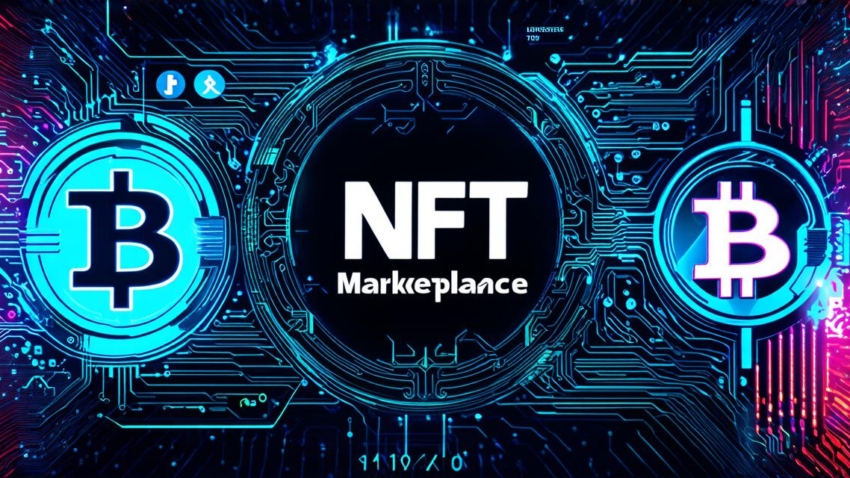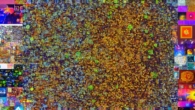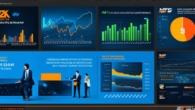
Why are NFTs so costly
Non-Fungible Tokens (NFTs) have gained significant attention in recent years as a new way of creating, buying, and selling digital assets. The unique characteristics of NFTs such as scarcity and ownership have attracted artists, collectors, and investors to the market. However, one of the main concerns about NFTs is their cost. In this article, we will explore the reasons behind the high cost of NFTs, comparing them to traditional art forms.

What are NFTs?
NFTs are digital assets that are unique and cannot be replaced with anything else. They are stored on a blockchain, which ensures their authenticity, ownership, and scarcity. The value of an NFT is determined by the demand for it, just like traditional art forms such as paintings, sculptures, and photographs.
The Cost of NFTs
The cost of NFTs varies depending on the artist, rarity, and demand. Some NFTs can sell for millions of dollars, while others are relatively affordable. The following factors contribute to the high cost of NFTs:
1. Authenticity and Ownership
NFTs have a unique digital signature that ensures their authenticity and ownership. This makes them valuable as they cannot be copied or replicated, unlike traditional art forms that can be reproduced easily. The ownership of an NFT is also secure, which makes it attractive to collectors and investors who want to own rare and unique assets.
2. Rarity
NFTs are created in limited quantities, making them scarce and valuable. The rarity of an NFT determines its value, with some NFTs being incredibly rare and expensive. For example, the “First Tweet” NFT sold for $2.9 million at an auction in 2021, while a rare Cryptokitties NFT sold for over $1 million in 2018.
3. Artistic Value
NFTs can be created by well-known artists and celebrities, adding to their value. The artistic value of an NFT is determined by the reputation and popularity of the artist who created it. For example, a digital artwork by Beeple sold for $69 million at a Christie’s auction in 2021.
4. Market Demand
The market demand for NFTs has also contributed to their high cost. The popularity of NFTs has increased significantly in recent years, with more people and businesses recognizing their potential as a new form of digital asset. This has created a high demand for NFTs, driving up their prices.
Comparing NFTs to Traditional Art Forms
To better understand why NFTs are so costly, it is helpful to compare them to traditional art forms. While both NFTs and traditional art forms have unique characteristics that make them valuable, there are several key differences between the two.
1. Authenticity and Ownership
Traditional art forms such as paintings and sculptures have a physical existence that can be authenticated through provenance and other documentation. However, the ownership of these assets is not as secure as NFTs, as they can be stolen or destroyed. Additionally, traditional art forms are subject to depreciation over time, while NFTs maintain their value due to their digital nature.
2. Rarity
Traditional art forms are created in unlimited quantities, making them less rare and valuable than NFTs. While some traditional artworks are considered rare or unique, they are not subject to the same level of scarcity as NFTs.
3. Artistic Value
The artistic value of traditional art forms is determined by factors such as the artist’s reputation, the subject matter, and the historical context in which it was created. While NFTs can be created by well-known artists and celebrities, their value is also determined by the demand for them.
4. Market Demand
Traditional art forms are subject to market fluctuations and economic conditions, while NFTs have experienced consistent growth in recent years. This is due to their unique characteristics and the growing recognition of their potential as a new form of digital asset.
Conclusion
NFTs have gained significant attention for their unique characteristics and value as a new form of digital asset. While they are expensive, this is largely due to their authenticity, ownership, rarity, artistic value, and market demand.







